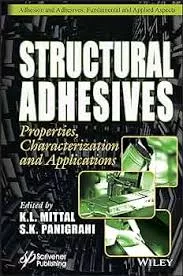Sustainable Structural Adhesives
As the advantages of structural epoxy adhesives become more apparent, new curing agent technologies can help facilitate a more sustainable adhesive product.
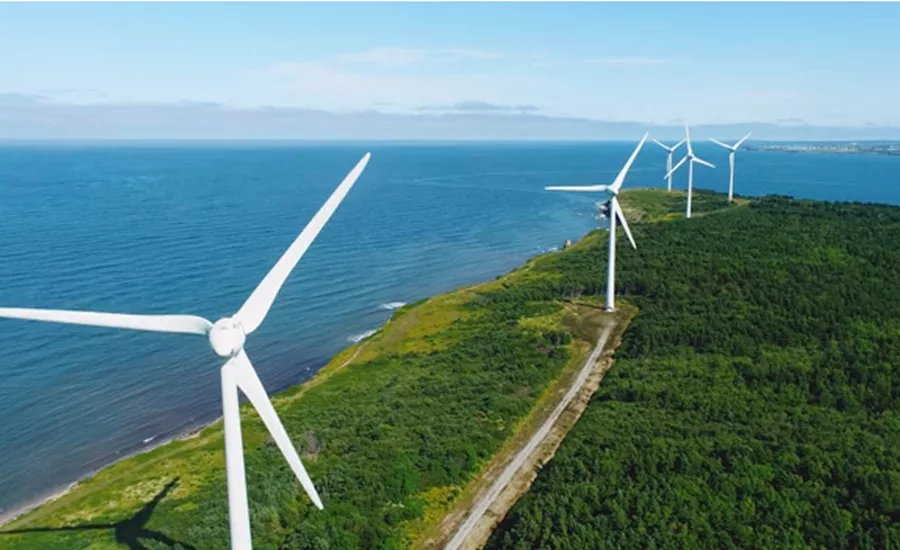
Image courtesy of shaunl via www.gettyimages.com.
Increasingly important to industrial manufacturing in recent years, structural adhesives offer a strong, cost-effective, and fast joining technology. Automotive, aircraft manufacturing, shipbuilding, electronics, and the construction sectors have all benefited from the recent technical developments in adhesive bonding technology. Lightweight and multi-material designs, progressive integration and miniaturization, as well as increasing complexity have created a steady rise in the technical requirements placed on components and bonding processes.
Structural bonding offers practical advantages over material-locking, force-fitting, and other positive-locking joining processes. For example, it enables the bonding of material composites and composite materials consisting of dissimilar materials, such as metals, polymers, glass, ceramics, or low thickness, that were not previously achievable with other joining processes (or only at a significant disadvantage). Further advantages of adhesive bonding include homogeneous stress distribution or stress compensation by two-dimensional force transmission, the possibility of compensating component tolerances, and the additional function of seal and corrosion protection as well as vibration damping. Despite some challenges such as lower thermal resistance and the issue of de-bonding or instant strength, structural bonding has now become the preferred solution for many bonding and manufacturing processes across multiple market applications.
The Rise of Epoxy-Based Adhesives
In structural adhesives, the leading technologies besides acrylates and polyurethanes are based on epoxides, which are among the most widely used systems on the market today. The success of epoxides in structural adhesives primarily stems from their excellent mechanical properties, very good adhesion to a wide range of substrates, and their exceptionally good resistance to environmental influences such as moisture, chemicals, and temperature. In addition, they only slightly shrink during curing and generally contain no volatile matter. Although epoxides are still considered as rather brittle, this disadvantage can now be more than compensated for via a wide range of innovative additives and modification options. These include tougheners, flexibilizers, adhesion promotors, and fillers, which all result in structural epoxy adhesives that can withstand the highest stresses including high dynamic loads, high stress peaks, as well as many environmental influences over the entire product life.
Depending on the target application, epoxy adhesives can be formulated as one-component or two-component systems and cured at elevated or ambient temperatures. In addition, they offer a variety of possible applications, including pastes, films, solids, aqueous dispersions, liquids, or solvent-based adhesive systems. This diversity allows structural epoxy adhesives to be easily tailored to meet numerous different complex requirement profiles regarding processing, curing process, and target properties of the bonded joint.
Flexibility with Amine-Based Curing Agents
Based on various chemical platforms, Evonik’s portfolio of products helps formulators to optimize their epoxy-based adhesives products in terms of performance, efficiency, and sustainability, while also supporting product innovations. Besides performance modifiers and additives, the use of high-quality amine-based curing agents and accelerators can also enhance structural epoxy adhesives. The curing agent itself can be considered one of the most important components in the epoxy adhesive formulation, as it has a specific influence on crucial process parameters such as application form, mixing ratio, viscosity, processing time, curing temperature, and curing rate, which can be adapted to suit the application. But, with aliphatic and cycloaliphatic amines, polyamides, amidoamines, as well as imidazoles and diverse dicyandiamide to choose from, selecting a suitable curing agent has become crucial to achieve the required final properties of the adhesive, including mechanical strength, flexibility, and impact strength, as well as thermal and chemical resistance. In summary, the less complex the adhesive formulation is, the bigger the impact the curing agent has on the final results.
Sustainable Adhesives Are in Demand
In structural epoxy adhesives, besides the general trends to improve adhesive performance, application processes and cost effectiveness, sustainability has become one of the most important drivers in the market. Today’s necessity to address environmental, social, and economic challenges of climate change, alongside the increasing shortage of resources, has seen sustainability emerge as one of the most complex drivers in promoting technology changes in the adhesives industry. In addition, several regulatory aspects must also be considered.
As a solutions provider positioned in the middle of many diverse value chains, Evonik supports its customers to achieve their sustainability objectives through the development and production of structural adhesives that offer high performance and reliability, but that also address multiple sustainability aspects. For example, considering an adhesives’ full life cycle offers several ways in which the sustainability of structural epoxy adhesives throughout the industry can be improved with the help of the curing agent (Figure 1).
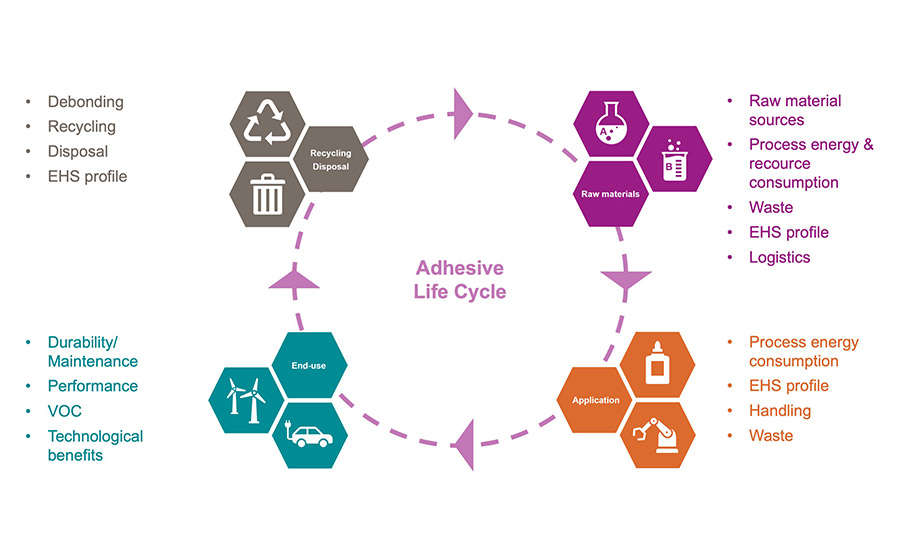
Figure 1. Sustainability aspects of structural adhesives.
Besides energy and resource consumption, waste, EHS aspects, and logistics, the most obvious route to improving sustainability is to use curing agents that stem from bio, bio-circular, or circular sources, or corresponding building blocks as basis for their synthesis. In recent years, academic and industrial research has focused on finding new amines, building blocks, or alternative synthesis pathways based on renewable raw materials to improve the carbon footprint of epoxy curing agents. One prominent and well-established example in the market is the use of fatty acids and cardanol building blocks (Figure 2) in the modification of amines to amidoamines, polyamides, or phenalkamines.
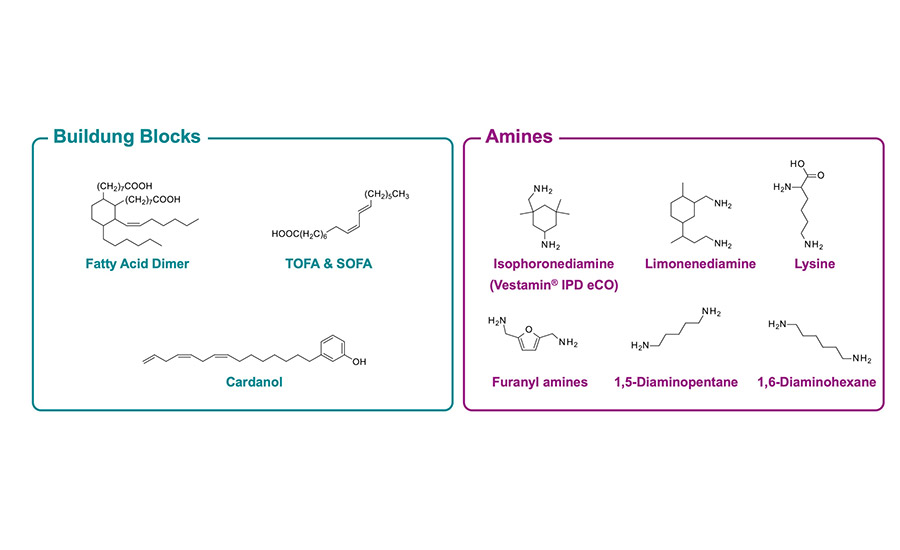
Figure 2. Building blocks and amines based on renewable resources for epoxy curing agents.
Renewable Raw Materials Present a Challenge
At the same time, this route contributes to a significantly improved EHS and handling profile of the corresponding curing agents compared to the neat amines they are derived from. As a result, it is possible to maintain excellent performance in adhesive formulations, but with curing agents based on up to 70% renewable content (Table 1). Nevertheless, it must also be mentioned that the carbon footprint of fatty acids, even if they are derived from renewable sources, is not automatically smaller than amine hardeners from traditional petrochemical sources.
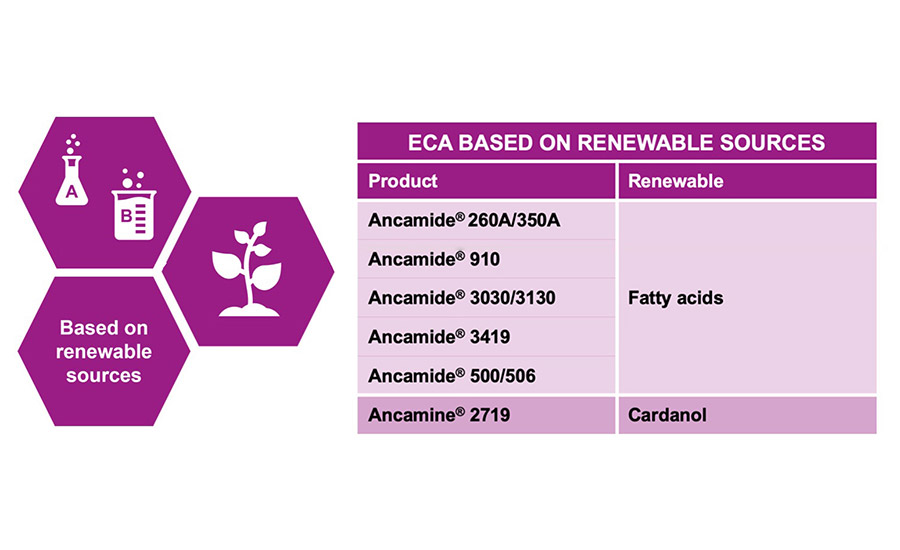
Table 1. Epoxy curing agents based on renewable raw materials.
There are also a series of amines that can be synthesized from renewable resources, such as limonene diamine from the terpene limonene found in orange peel waste, lysine as a naturally occurring amino acid, or furanyl amines derived from sugar to name a few (Figure 2). However, the use of renewable raw materials is not always a sufficient argument for commercialization of such amines, especially when additional costs are added, due to challenging production or processing, or a drop-in solution cannot be provided, due to different properties, a lack of performance, or critical labeling. These restrictions are the primary reason for the very limited commercial availability of amine epoxy curing agents based on renewable resources in the market today.
One exception to this is Evonik’s bio-based isophoronediamine, Vestamin® IPD eCO that uses a mass balance approach for renewable ISCC compliant acetone as the raw material basis, enabling it to be used as a full drop-in solution for conventional isophoronediamine but with a significantly improved carbon footprint.
Low VOCs and Low-Temperature Curing
There are also additional possibilities to improve the sustainability of structural epoxy adhesives in the curing agent application. This primarily involves improving the EHS and handling profile by substituting the critical raw materials or their modification, reducing the VOC, or changing the chemical basis. Here, the use of fatty acid building blocks in the modification of amines is a prominent example represented in Evonik’s Ancamide® curing agent portfolio, where the modified amines offer an improved EHS profile due to their higher molecular weight resulting in lower vapor pressures with less critical irritation potential and odor. In addition, a longer pot-life can also be achieved and the low exotherm is complemented by more forgiving and less critical mixing ratios, resulting in significantly improved application properties. Another example substitutes mercaptane curing systems, which eliminate the sulfur odor and improves yellowing. Table 2 provides an overview of Evonik’s epoxy curing agents designed to help improve the sustainability of processes.
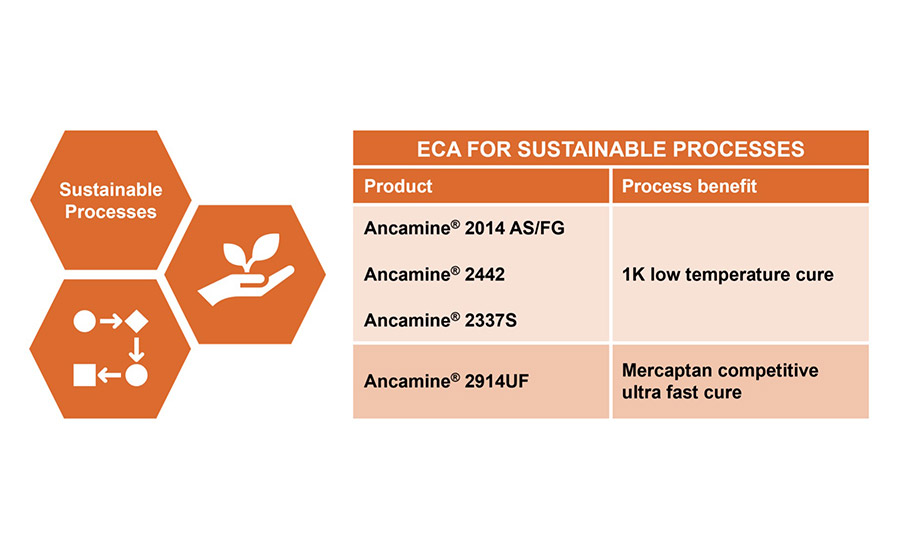
Table 2. Epoxy curing agents for sustainable processes.
For structural epoxy adhesives that require heat curing, particularly one-component systems based on dicyandiamide, the process energy consumption is a crucial factor in which catalysts and accelerators or alternative curing systems play a decisive role. Here, thermo-latent curing agents designed for low-temperature curing (from 70 °C) with fast property development for one-component structural epoxy adhesives can significantly improve the sustainability of the corresponding adhesive systems. Complemented by high thermal resistance and excellent shelf-life stabilities even at elevated temperature storage, these curing agents can also be utilized as an accelerator or co-accelerator for dicyandiamide-based adhesive systems.
Enabling Sustainable Technologies
Further sustainability aspects of structural epoxy adhesives concern their end use. Here, epoxy adhesives can offer clear advantages regarding performance, durability, and required maintenance, which are also complemented by good EHS profiles and low VOC content. In addition, they can be considered as enablers for multiple sustainable technologies in which they are an essential part. Accordingly, lightweight design is one of the key concepts for improving performance, weight reduction, and energy consumption in mobility or wind energy applications, for instance. Here, epoxy adhesives allow the efficient joining of different materials to enable more sustainable technologies that could not previously be realized with traditional joining methods. To address these increasing demands, Evonik offers a series of solutions ranging from industry standard, to unique and differentiated curing agents. One example is Ancamide 3030 or its long pot-life version (Table 3), which both are predominantly relied on by the wind energy sector for the bonding of rotor blades.
Additionally, for bonding dissimilar materials Evonik has developed a series of differentiated curing agents, for example a polyamide that exhibits excellent adhesion and peel strength on different materials, such as steel, aluminum, or engineering plastics without any special surface pre-treatment. Adhesives formulated with this polyamide also provide good flexibility and thermal shock resistance accompanied by an outstanding environmental resistance, all at a relatively low viscosity, which also allows the formulation of higher filled adhesives with thermal conductive properties, for instance.

Table 3. Epoxy curing agents for sustainable technologies.
For the end-of-life sustainability aspects of structural epoxy adhesives, debonding forms a crucial part of a recycling strategy. However, it must be noted that sufficient solutions, particularly in the field of structural epoxy adhesives, are not currently available in the market. Hence, the concept of debonding on demand currently receives increasing attention in academic and industrial research.
In summary, it is clear that achieving sustainability in structural epoxy adhesives, especially with regards to the aspect of curing agents, cannot and must not be reduced to only considering renewable resources alone. All aspects of an epoxy adhesive’s life cycle must be taken into account as far as possible, which not only includes the raw material aspects, but also the aspects of application, end use, and end of life, for which there are already a variety of solutions to address these aspects. Nevertheless, there remains room for improvement across the industry’s value chains if we are to fully achieve fully sustainable structural epoxy adhesives.
Footnote:
As the technology leader in amine synthesis and modification and curing agent formulations, Evonik’s solutions for structural one-component and two-component epoxy adhesives cover almost the entire range of current amine curing technologies under its brands Ancamine, Ancamide and Amicure® as well as Curezol® and Imicure®.
For additional information, visit evonik.com and evonik.com/crosslinkers.
Looking for a reprint of this article?
From high-res PDFs to custom plaques, order your copy today!





.webp?height=200&t=1634732409&width=200)
